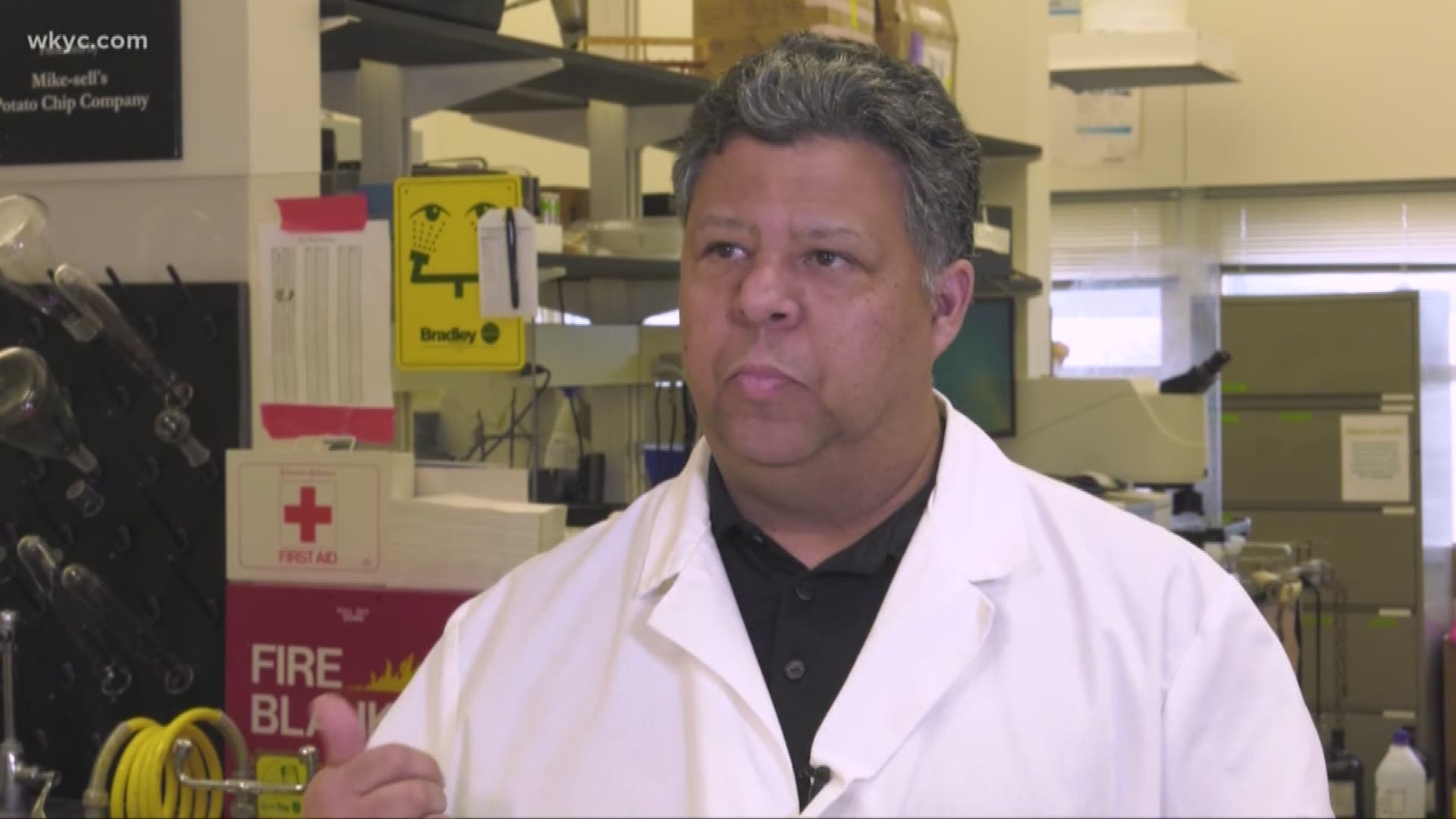COLUMBUS, Ohio – For the first time, researchers have evidence that fibromyalgia can be reliably detected in blood samples – work they hope will pave the way for a simple, fast diagnosis.
In a study that appears in the Journal of Biological Chemistry, researchers from The Ohio State University report success in identifying biomarkers of fibromyalgia and differentiating it from a handful of other related diseases.
The discovery could be an important turning point in care of patients with a disease that is frequently misdiagnosed or undiagnosed, leaving them without proper care and advice on managing their chronic pain and fatigue, said lead researcher Kevin Hackshaw, an associate professor in Ohio State’s College of Medicine and a rheumatologist at The Ohio State University Wexner Medical Center.
Identification of biomarkers of the disease – a “metabolic fingerprint” like that discovered in the new study – could also open up the possibility of targeted treatments, he said.
To diagnose fibromyalgia, doctors now rely on patient-reported information about a multitude of symptoms and a physical evaluation of a patient’s pain, focusing on specific tender points, he said. But there’s no blood test – no clear-cut, easy-to-use tool to provide a quick answer.
“We found clear, reproducible metabolic patterns in the blood of dozens of patients with fibromyalgia. This brings us much closer to a blood test than we have ever been,” Hackshaw said.
Though fibromyalgia is currently incurable and treatment is limited to exercise, education and antidepressants, an accurate diagnosis has many benefits, Hackshaw said. Those include ruling out other diseases, confirming for patients that their symptoms are real and not imagined, and guiding doctors toward disease recognition and appropriate treatment.
“Most physicians nowadays don’t question whether fibromyalgia is real, but there are still skeptics out there,” Hackshaw said.
And many undiagnosed patients are prescribed opioids – strong, addictive painkillers that have not been shown to benefit people with the disease, he said.
“When you look at chronic pain clinics, about 40 percent of patients on opioids meet the diagnostic criteria for fibromyalgia. Fibromyalgia often gets worse, and certainly doesn’t get better, with opioids.”
Hackshaw and co-author Luis Rodriguez-Saona, an expert in the advanced testing method used in the study, said the next step is a larger-scale clinical trial to determine if the success they saw in this research can be replicated.
The current study included 50 people with a fibromyalgia diagnosis, 29 with rheumatoid arthritis, 19 who have osteoarthritis and 23 with lupus.
Researchers examined blood samples from each participant using a technique called vibrational spectroscopy, which measures the energy level of molecules within the sample. Scientists in Rodriguez-Saona’s lab detected clear patterns that consistently set fibromyalgia patients’ blood sample results apart from those with other, similar disorders.

